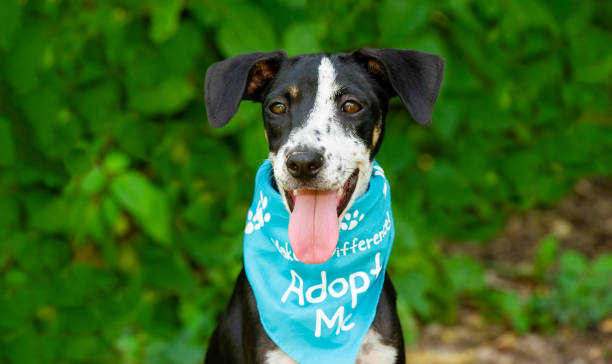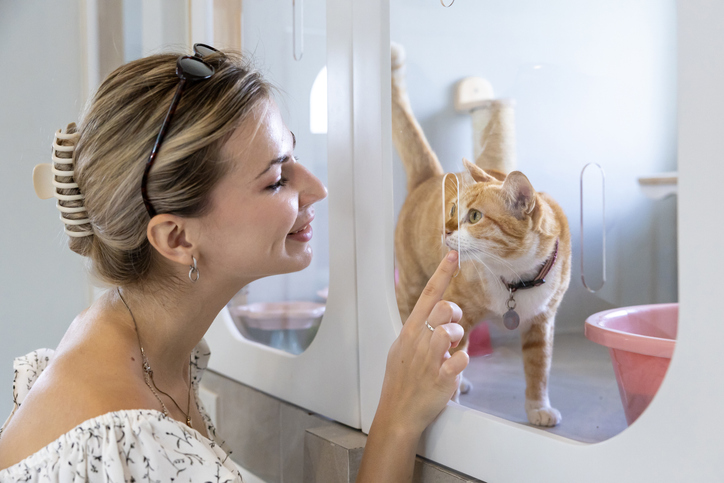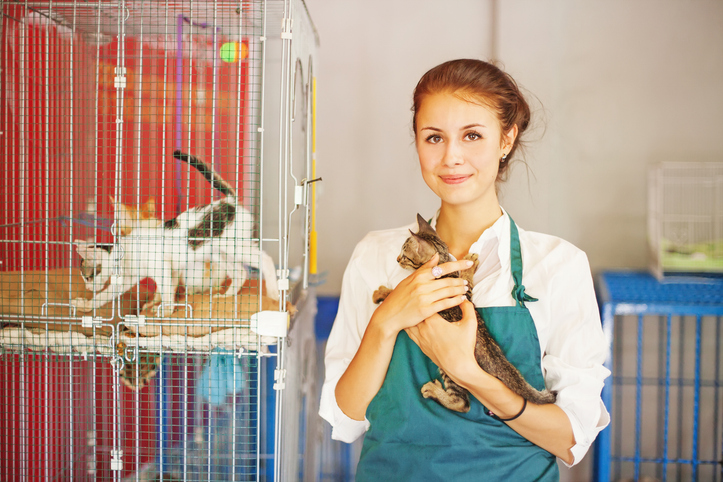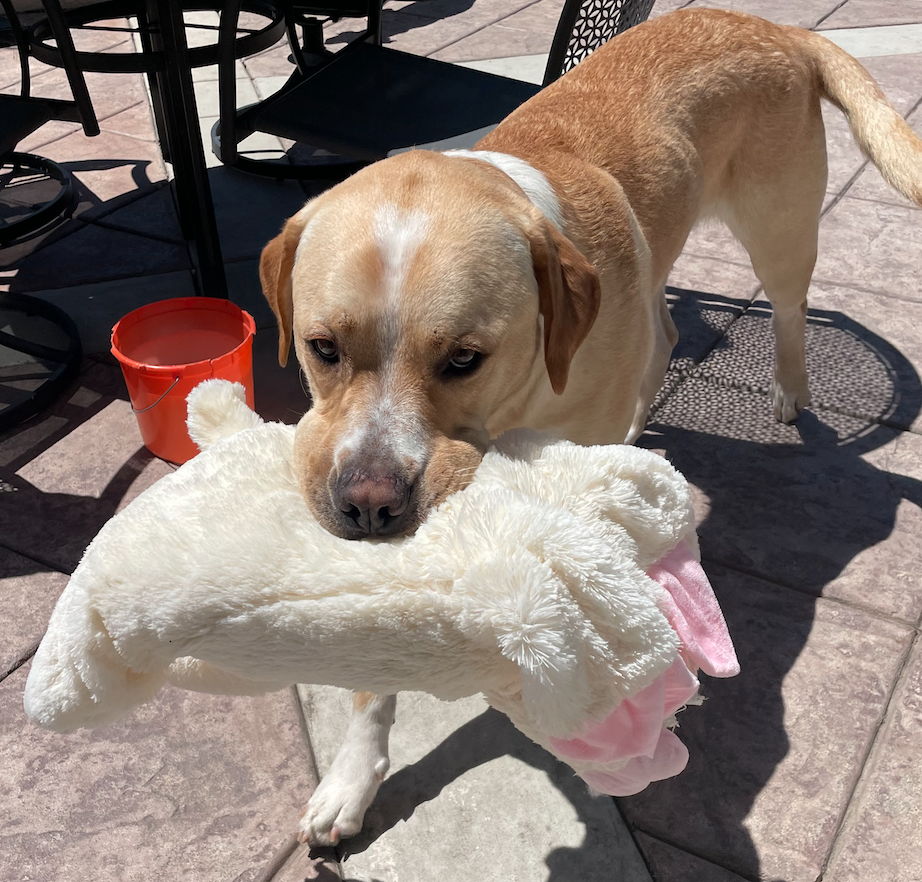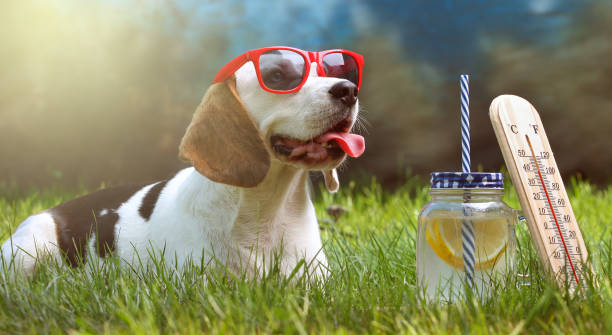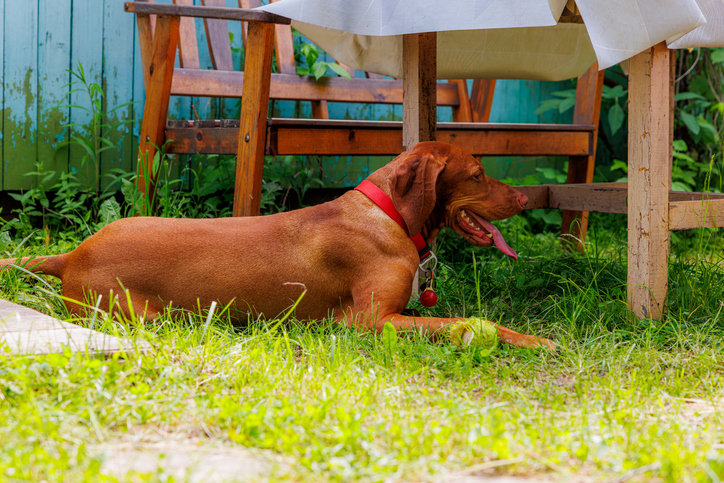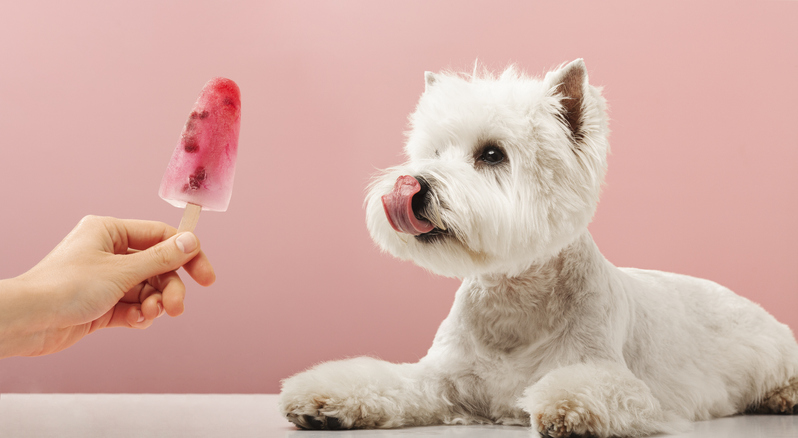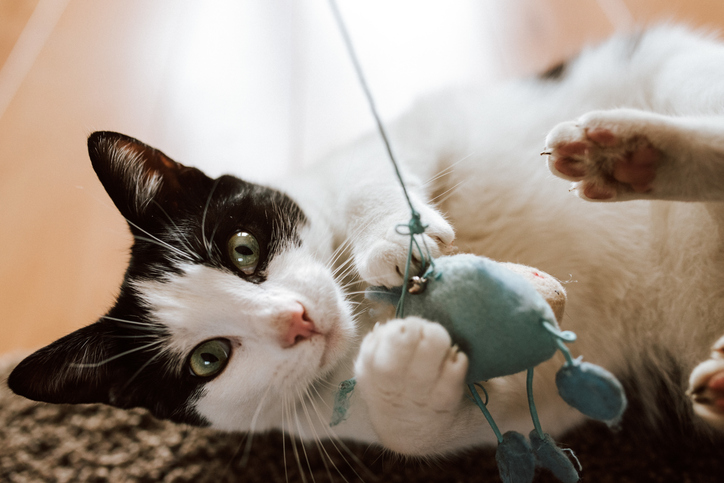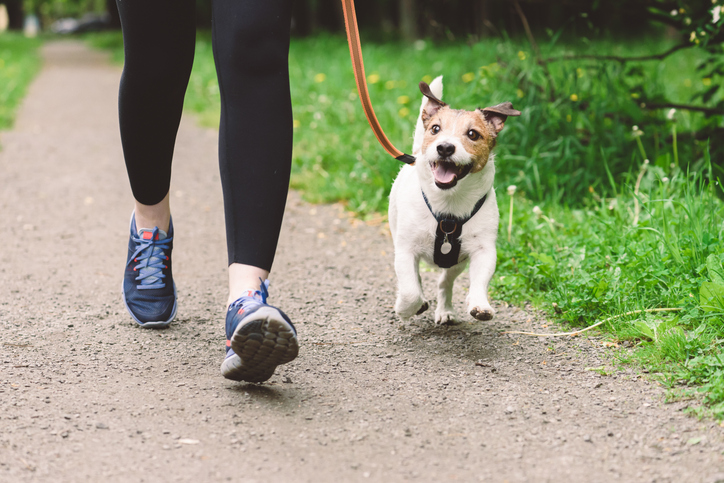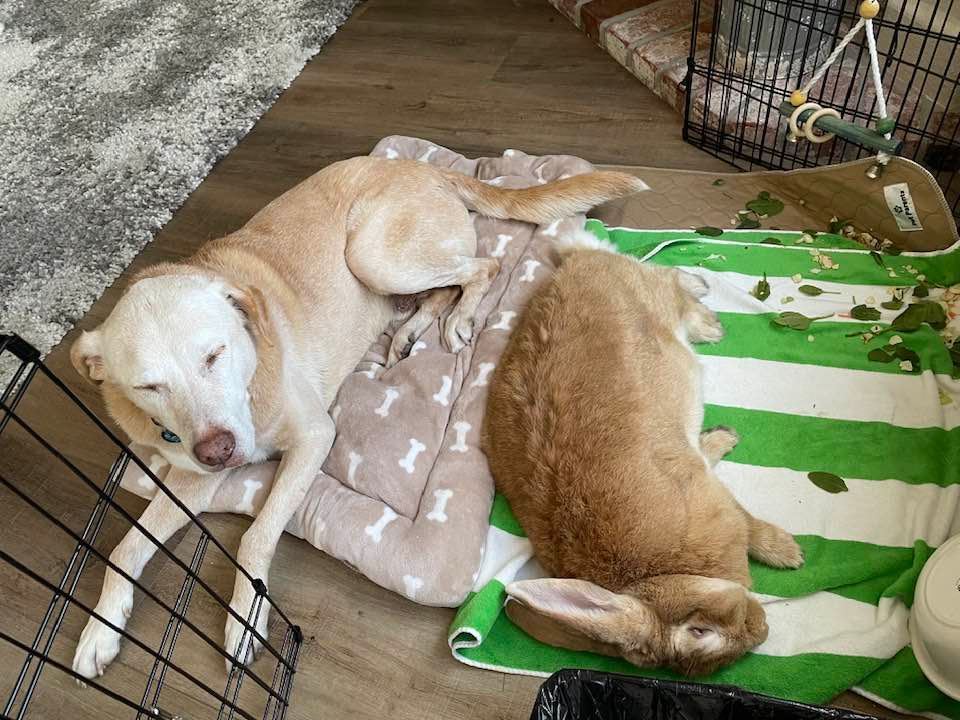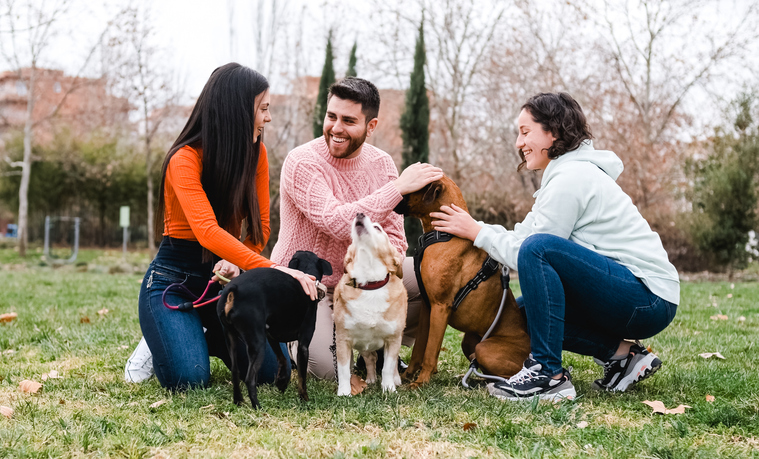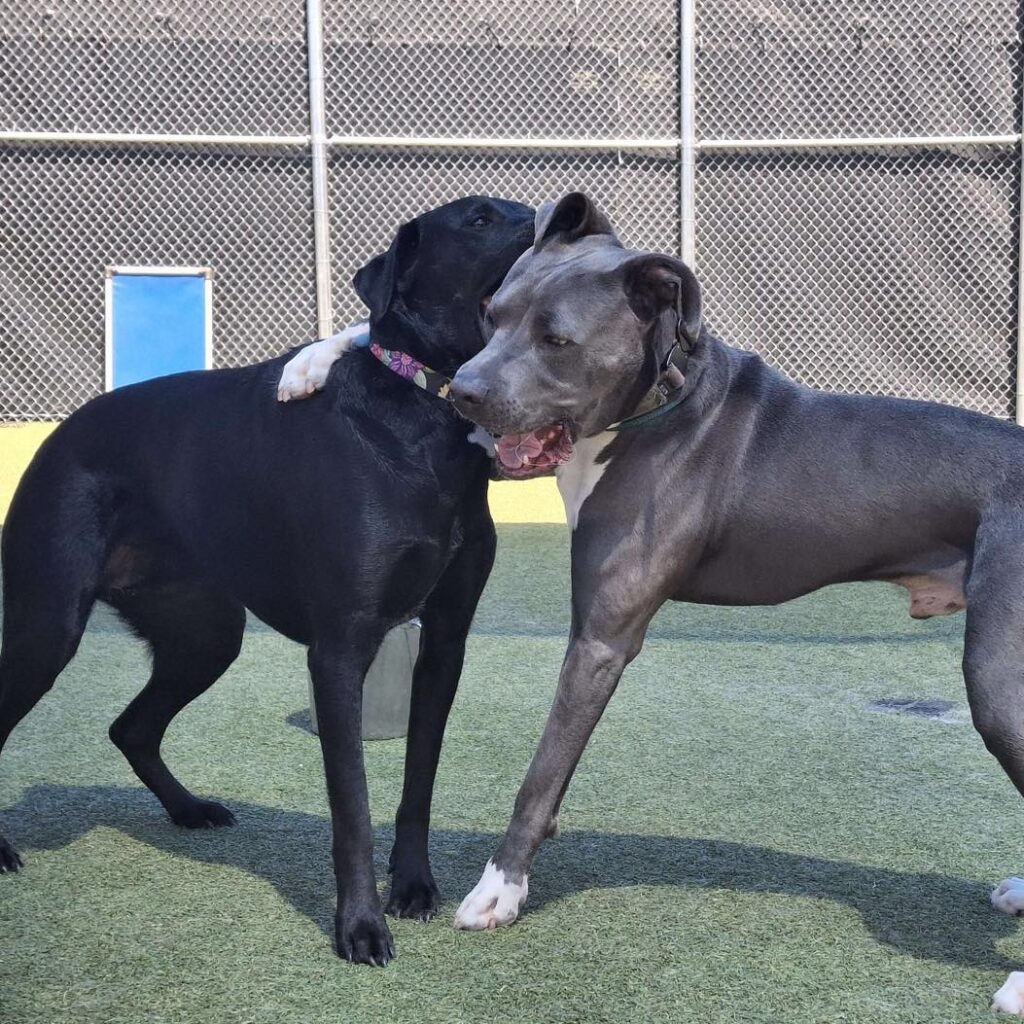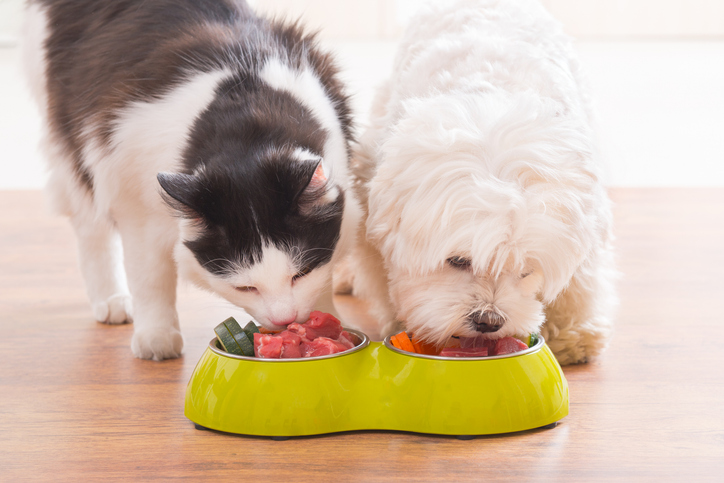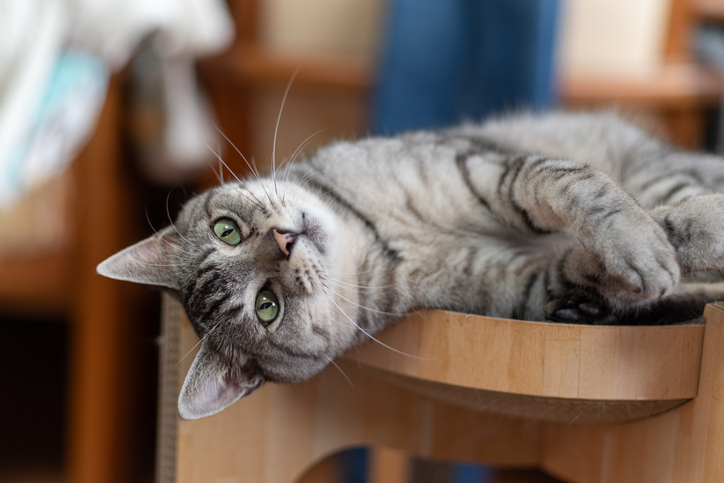
At The Ranch Pet Resort and Spa, we’ve cared for thousands of whiskered guests over the years, and one thing is always true—cats thrive when they feel safe, loved, and understood. Whether your cat is a confident explorer or a cozy snuggler, their overall wellness depends on a balance of comfort, nutrition, enrichment, and routine care.
Here’s a friendly, down-to-earth guide to keeping your feline feeling their very best.
Create a Peaceful Place They Can Call Their Own
Cats are independent by nature, but they’re also creatures of comfort. You can create a private, peaceful oasis for your cat by offering them
- A soft place to nap
- A tall perch or cat tree to overlook the “kingdom”
- A predictable daily routine
- A quiet nook where they can retreat when life gets too noisy
A calm space helps your cat feel secure—and security is the first building block of good health.
Nourish Them With Good Food & Fresh Water
Healthy cats start with healthy meals. Choose a high-quality diet that fits your cat’s age and activity level, and make sure fresh water is always available. Many cats love moving water, so a small fountain can encourage them to drink more.
Keep Their Mind & Body Active
Cats may spend a lot of time lounging, but they still want to play, explore, and engage with their surroundings. A little daily enrichment goes a long way! Try:
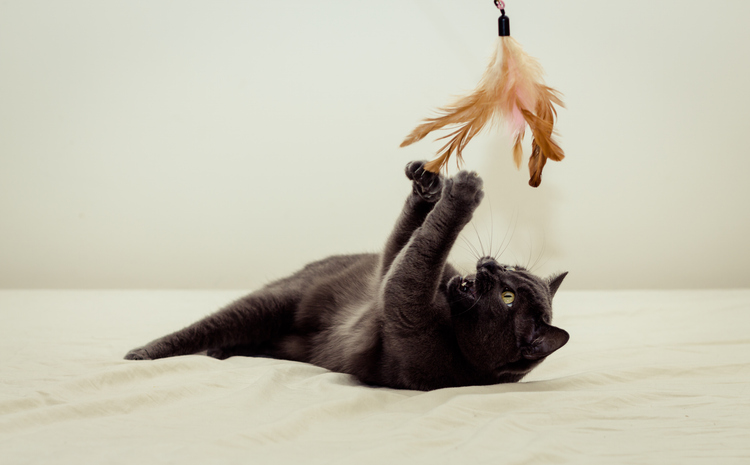
- Feather wand play for exercise
- Puzzle feeders for mental stimulation
- Window perches to watch birds and squirrels
- Regular brushing to keep their coat soft and reduce hairballs
At The Ranch Pet Resort and Spa, enrichment is part of our philosophy—happy cats are healthy cats.
Stay Ahead of Health Issues
Preventive care is one of the most loving things you can do for your cat. Regular vet visits, dental care, flea prevention, and weight checks help catch small issues before they become bigger ones.
Also pay attention to changes in your cat’s behavior as they may indicate that something is wrong. Here are some signs your kitty may be ill or in need of a check up:
- Hiding more than usual
- Eating less
- Over-grooming
- Acting irritable or restless
Cats are masters at hiding discomfort, so small changes can say a lot.
Stress-Free Cat Boarding at The Ranch Pet Resort and Spa
There may be times when you need to travel, remodel, or simply can’t be home—and your cat deserves a safe, peaceful place to stay. The Ranch Pet Resort and Spa offers a calm, comfortable cat boarding experience that helps your feline feel right at home.
Our cat lodging is:
- Completely separate from dogs to maintain a quiet, stress-free stay
- Designed with multi-level condos so cats can climb, perch, and relax
- Clean, secure, and climate-controlled
- Cared for by a loving, attentive team who treats every cat as family
If you want your cat to enjoy a relaxing vacation of their own, we’d love to welcome them.
Call The Ranch Pet Resort and Spa to reserve your cat’s stay today!

